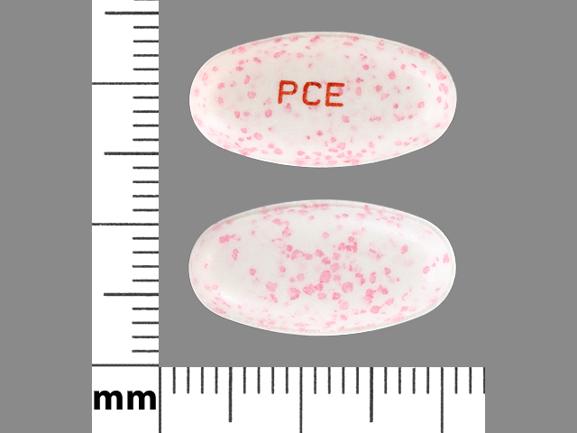PCE Dispertab and Alcohol/Food Interactions
There are 2 alcohol/food/lifestyle interactions with PCE Dispertab (erythromycin).
Erythromycin Alcohol (Ethanol)
Minor Drug Interaction
Information for this minor interaction is available on the professional version.
Erythromycin Food/Lifestyle
Moderate Food Interaction
Food decreases the levels of erythromycin in your body. Take erythromycin on an empty stomach at least 30 minutes before or 2 hours after a meal. This will make it easier for your body to absorb the medication. However, some erythromycin products may be taken without regard to meals. Ask your healthcare provider about your particular prescription if you are uncertain of how to take it. Grapefruits and grapefruit juice may increase erythromycin levels but how this may affect you is not known. Do not increase or decrease the amount of grapefruit products in your diet without first talking to your doctor.
Switch to professional interaction data
PCE Dispertab drug interactions
There are 686 drug interactions with PCE Dispertab (erythromycin).
PCE Dispertab disease interactions
There are 5 disease interactions with PCE Dispertab (erythromycin) which include:
More about PCE Dispertab (erythromycin)
- PCE Dispertab consumer information
- Check interactions
- Compare alternatives
- Drug images
- Side effects
- Dosage information
- During pregnancy
- Drug class: macrolides
- Breastfeeding
Related treatment guides
Drug Interaction Classification
| Highly clinically significant. Avoid combinations; the risk of the interaction outweighs the benefit. | |
| Moderately clinically significant. Usually avoid combinations; use it only under special circumstances. | |
| Minimally clinically significant. Minimize risk; assess risk and consider an alternative drug, take steps to circumvent the interaction risk and/or institute a monitoring plan. | |
| No interaction information available. |
See also:
Further information
Always consult your healthcare provider to ensure the information displayed on this page applies to your personal circumstances.


